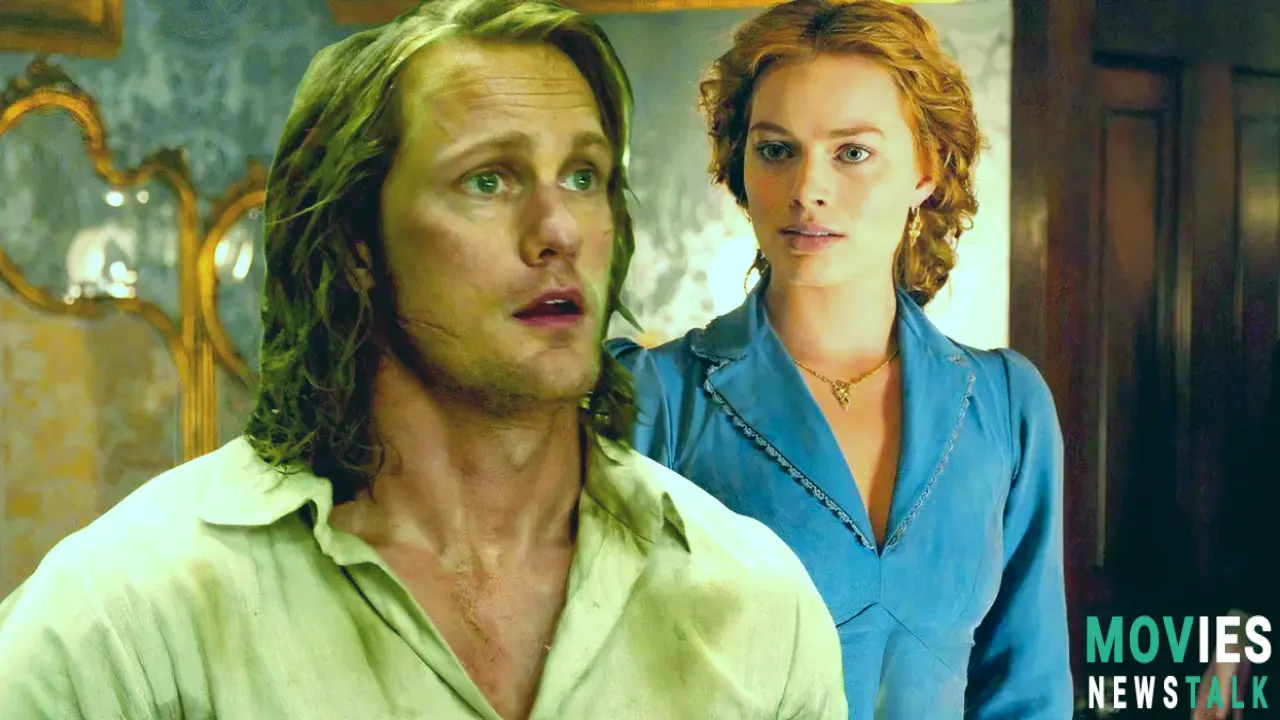Swinging and Missing: Why 2016's The Legend of Tarzan Flopped Despite Star Power!
Tarzan's Latest Big-Screen Adventure: A Box Office Bomb!
The Legend of Tarzan (2016), starring the ridiculously attractive Alexander Skarsgård (Tarzan) and Margot Robbie (Jane), had all the ingredients for an adventure classic: a beloved IP (Edgar Rice Burroughs' Tarzan), A-list stars, and a renowned director (David Yates, fresh off the Harry Potter films). Yet this film spectacularly failed at the box office. It bombed! And this article explains why this supposedly great movie spectacularly crashed and burned.
Tarzan's been a screen icon since 1918, with dozens of adaptations including Disney's Oscar-winning 1999 animated film. Yet this is a unique film – this production is surprisingly modern; yet its massive budget was what killed any chance of recouping those losses and it remained widely disliked by audiences. Its release, in that year alone showcases the overall quality—the production itself isn't fundamentally bad or awful but that immense budget severely impacts those efforts, creating additional pressure to maximize revenue!
A Big Gross, but Still a Financial Disaster
The Legend of Tarzan made serious money – $357.2 million worldwide—making it the 23rd highest-grossing film of 2016. This is seriously impressive. Yet it beat several other movies including Trolls, Star Trek Beyond, The Conjuring 2, and more. Yet, this actually highlights an important and frequently underreported aspect, relating to financial production. While that revenue is amazing– it is critically important for production studios to meet their return expectations – to earn a profit!
Most movies need 2.5x their budget to break even. Tarzan cost $180 million; meaning a break-even was probably around $450 million, significantly under the actual achieved amount! Therefore, it probably missed its earnings target by roughly $100 million. this is what makes that overall result seriously bad , despite those impressively huge box office numbers initially released to the public. Even smaller hits like The Conjuring 2 ($321.8 million gross on a $40 million budget) made more profit. It failed financially, in the strictest definition.
Wasted Potential: A Stellar Cast and a Classic Story
The Legend of Tarzan boasted amazing stars ! Skarsgård (fresh from True Blood), and Robbie (who became seriously huge with The Wolf of Wall Street)! The supporting cast was loaded with A-listers: Samuel L. Jackson, Djimon Hounsou, and Christoph Waltz! It really demonstrates why these are the names to know, within that year alone, they all generated a level of interest and this production should have created far bigger revenues and profits!
Yet those aspects highlighted only improved this already exciting and intense setup which seemed perfect to recreate that awesome Tarzan magic, it is incredibly curious why it failed; a perfect storm of potential for massive profitability! Yet that large budget, coupled with its harsh reviews seemingly strangled its initial success completely, this really affected the overall ability of audiences to try to engage, limiting any potential growth!
Conclusion: A Case Study in How Not to Make a Blockbuster
The Legend of Tarzan should've been massive; but that high budget combined with disappointing reception creates an outright disaster ! While this film generated a reasonable box office profit— this actually completely overshadows its financial failures—this wasn't sufficient, causing the project to entirely miss those crucial profit targets. This article shows why assembling those A-list names, impressive storytelling premise, and capable directors alone don’t guarantee success! Sometimes these massive factors don’t outweigh the financial risks! It serves as an important example that, when developing large-scale projects, even seemingly low-risk areas of this massive production remain significant, potentially generating either extreme profit or terrible losses based on simple viewer responses alone. Even if the production staff completely executed the job well— it highlights the necessity for strong external audience research that is essential before releasing.

